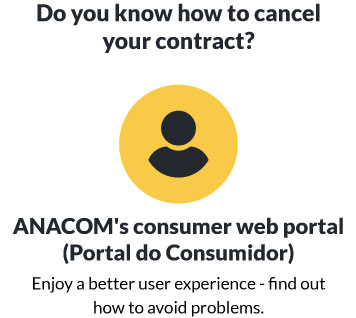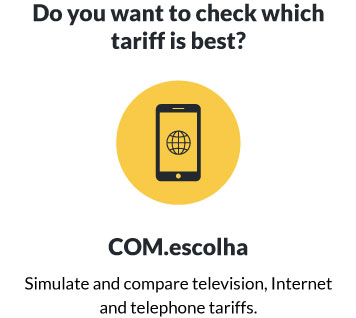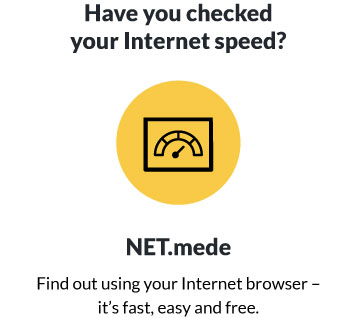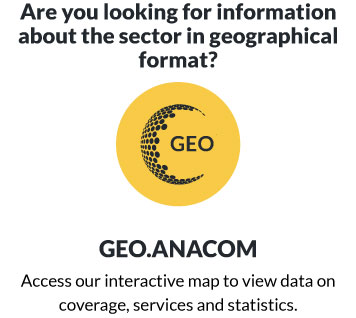In 2015, voice traffic on mobile networks in minutes increased by 5.3%, above the average of the last five years (3.8%), and outpacing the growth reported in the number of subscribers during the year (only 0.3%). This trend is due to the increased penetration of bundled offers that include fixed and mobile services and which include "zero cents" calls. This is also the reason which explains off-net traffic growth of over 30%, given that bundles do not differentiate prices between off-net and on-net calls.
In 2015, the number of SMS messages sent fell by 11.2% over the previous year, falling more than the average decrease of recent years (5.6%). Users of this service sent an average of 228 messages each month (262 a year earlier), which represents about 7-8 messages per day - the lowest level since 2010.
There were around 5.8 million actual users of services which are typical of mobile broadband (i.e. video telephony, data transmission, broadband, mobile TV, etc.), increasing by 6.3% from a year earlier. The increased use of these services is associated with an increase in the number of users with Internet via mobile phone (+11.8 percent compared to 2014), and expanding smartphone penetration.
Internet browsing was the most frequently used broadband service in 2015, followed by participation in social networks, use of email, instant messaging and making VoIP calls.
In 2015, there were 16.8 million SIM cards in Portugal eligible to use the mobile service. Of these, 12.8 million (76% of total) saw actual use. Excluding the number of cards associated with Tablet/PCs and machine-to-machine (M2M) equipment, there were 11.7 million active SIM cards with actual use, 1% less than at the end of 2014. This reduction is due to the proliferation of multiple-play offers that do not have price differences between on-net and off-net calls, so that many users who used to have multiple cards to talk to different networks, now only have a single card.
During the period being reported, the migration of subscribers from pre-paid plans to post-paid/hybrid plans continued, particularly to plans associated with multiple-play offers. By the end of 2015, the proportion of subscribers with pre-paid plans fell to about 50%, which compares to 57.2% in 2014 and 72% in 2010. This trend is driven in large part by increasing use of multiple-play bundles which include the mobile service - these bundles are post-paid.
In fact, in 2015, about 35% of households that had the MTS received the service as part of a multiple-play offer; this compares to 25.7% in 2014.
In terms of market share, MEO remains the main provider of mobile services, with 44.2% of SIM cards with actual use (-0.6 percentage points versus 2014), followed by Vodafone with 33.4% (-2 percentage points versus 2014). There has been some transfer of market share to NOS, which was the only provider to see an increase in the number of SIM cards used (+3 percentage points to 20.9%).
At the end of 2015, accumulated revenues derived from services to end customers (excluding revenues from services included in bundles) totalled about 1.467 billion euros.
Consult the statistical report:
- Mobile services - 2015 https://www.anacom.pt/render.jsp?contentId=1381002




